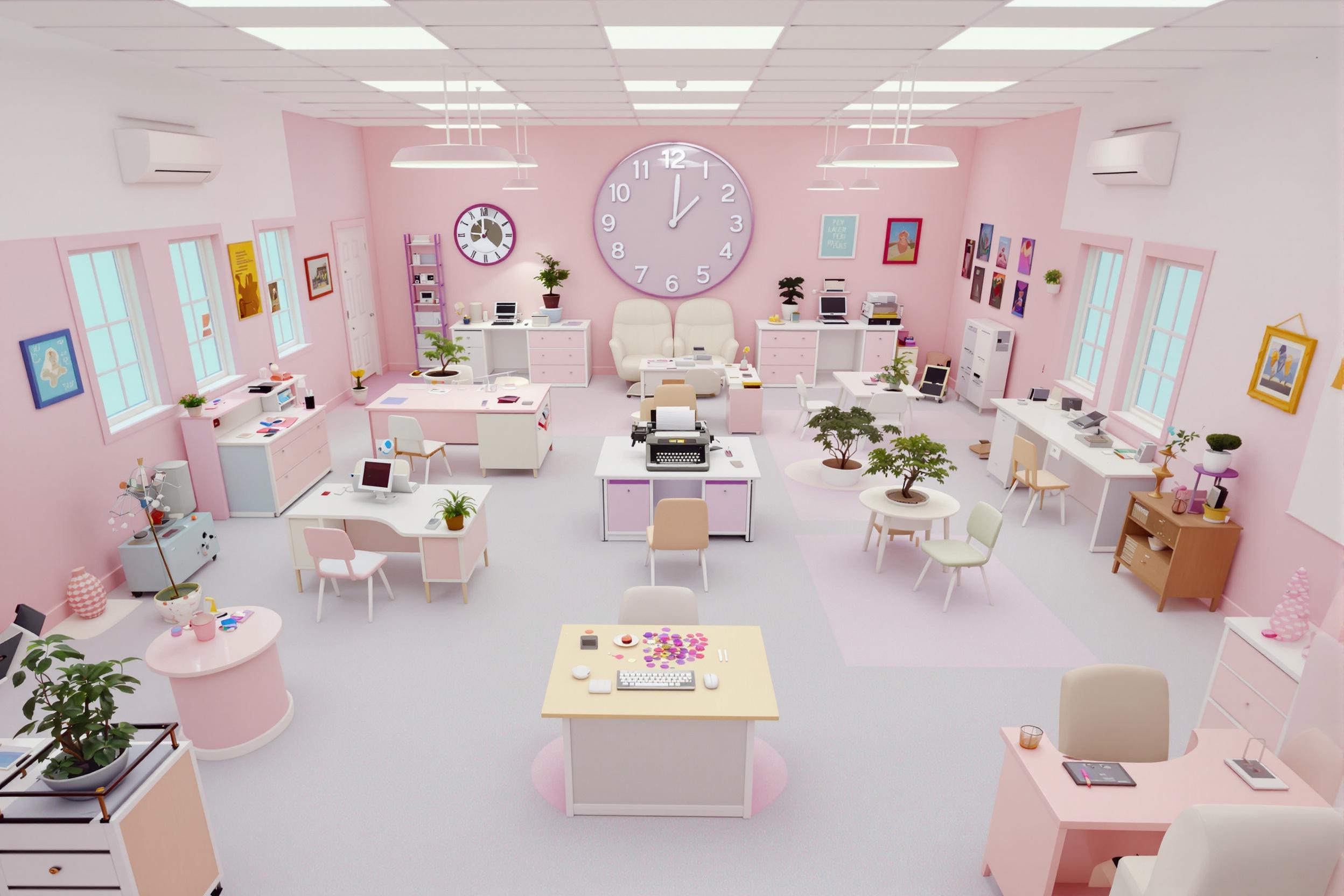
Floor Plan
A Floor Plan in catering services is a detailed map or drawing that shows how tables, serving stations, and equipment will be arranged for an event. It's like a bird's-eye view blueprint that helps catering staff understand where everything goes. Caterers use floor plans to plan the flow of guests and servers, ensure proper space usage, and coordinate with venues and clients. Think of it as the master layout that guides how an event space will be set up, similar to how a seating chart works but more detailed, including everything from buffet tables to dance floors.
Examples in Resumes
Created detailed Floor Plan layouts for events hosting 500+ guests
Managed multiple Floor Plans for concurrent events in different venue spaces
Optimized Floor Plan designs to improve service efficiency and guest flow
Typical job title: "Catering Coordinators"
Also try searching for:
Where to Find Catering Coordinators
Professional Associations
Online Resources
Example Interview Questions
Senior Level Questions
Q: How do you handle multiple floor plans for different types of events happening simultaneously?
Expected Answer: A strong answer should discuss experience managing multiple event spaces, coordinating staff assignments, and ensuring each event's unique requirements are met while maintaining efficient service flow.
Q: How do you optimize a floor plan to maximize both guest experience and service efficiency?
Expected Answer: Look for answers that demonstrate understanding of traffic flow, service access points, and balance between guest comfort and operational needs, backed by specific examples from past events.
Mid Level Questions
Q: What factors do you consider when creating a floor plan for a buffet-style event?
Expected Answer: Candidate should mention guest count, traffic flow, line formation, plate return stations, and ensuring adequate space between stations for comfortable guest movement.
Q: How do you adapt floor plans when venue restrictions or last-minute changes occur?
Expected Answer: Should demonstrate flexibility in problem-solving, ability to quickly revise layouts while maintaining functionality, and experience working with venue guidelines.
Junior Level Questions
Q: What basic elements do you include in a catering floor plan?
Expected Answer: Should list essential components like tables, chairs, serving stations, kitchen access points, and guest pathways, showing basic understanding of event layout needs.
Q: How do you ensure proper spacing between tables in a floor plan?
Expected Answer: Should demonstrate knowledge of standard spacing requirements for guest comfort and service access, typically mentioning specific measurements and consideration for different table shapes.
Experience Level Indicators
Junior (0-2 years)
- Basic floor plan creation
- Understanding of standard table layouts
- Knowledge of basic service flow patterns
- Familiarity with common event setups
Mid (2-5 years)
- Complex event layout design
- Multiple event coordination
- Venue requirement management
- Space optimization techniques
Senior (5+ years)
- Large-scale event planning
- Staff deployment strategy
- Crisis management and adaptation
- Venue relationship management
Red Flags to Watch For
- Unable to read or create basic floor plans
- No knowledge of standard table spacing requirements
- Lack of understanding about service flow patterns
- No experience with different event types and their layout needs
Need more hiring wisdom? Check these out...

Succession Planning: Your Company's Future-Proof Strategy

Beyond Borders: Mastering the Art of a Global Onboarding Calendar

Step Into Our World: How Pre-Recorded Virtual Workplace Tours Are Changing The Recruitment Game

